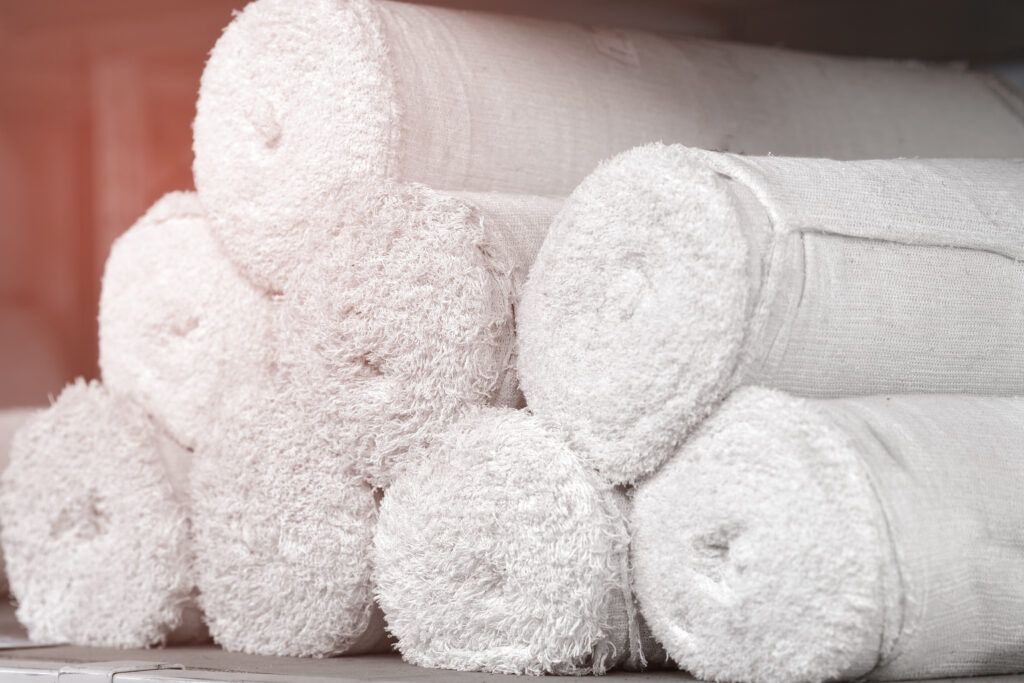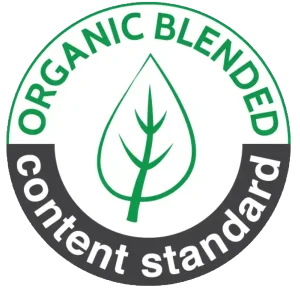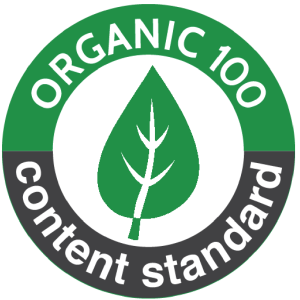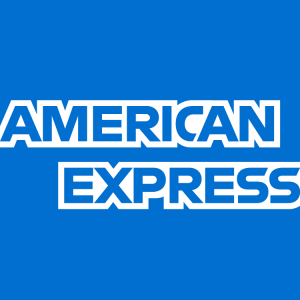Functional fibers are modern textile fibers integrated with advanced technologies for antibacterial, UV-protective, and odor-neutralizing properties. So what are they, who should use them, and how are they applied in the textile industry? This article provides a comprehensive overview.
1. Introduction to the Smart Fiber Trend
Nội dung tóm tắt
ToggleIn the era of high technology and sustainable consumption, the textile industry is undergoing a major revolution with the emergence and development of functional fibers. No longer just a material for making fabric, today’s fibers are integrated with superior properties: antibacterial, odor-neutralizing, UV-protective, anti-static, flame-retardant, quick-drying, and even self-cooling.
The rise of functional fibers not only meets the demands of modern consumers but also opens up a new direction for the future of the textile industry: safe, smart, and environmentally friendly.
2. What Are Functional Fibers? How Do They Differ from Traditional Fibers?
Functional fibers are specially treated or integrated with unique properties to enhance the performance of textile products. These properties can be created through:
- Fiber composition: Integrated directly during production (e.g., silver nanoparticles, zinc nanoparticles, ceramics, etc.).
- Surface treatment: Coating with antibacterial or UV-protective agents, or using mechanical and chemical treatments.
Compared to traditional fibers, functional fibers excel at serving specific needs such as:
- Maintaining hygiene and safety: Antibacterial, odor-neutralizing.
- Increasing product durability and lifespan: Anti-wrinkle, flame-retardant.
- Providing comfort and convenience: Breathable, quick-drying.
3. Common Types of Functional Fibers
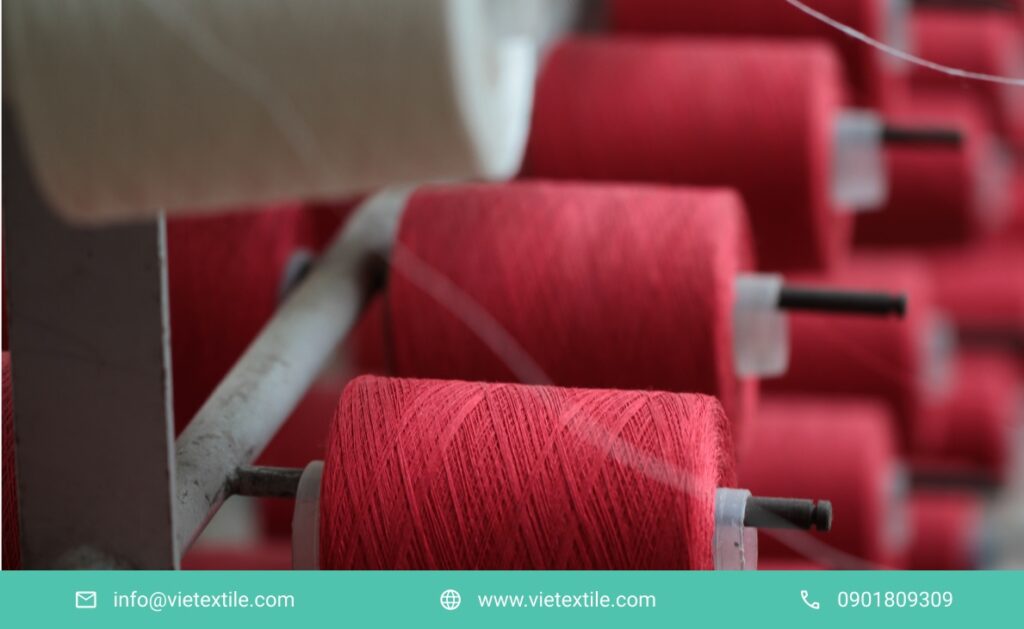
Functional fibers are distinguished not only by their technical features but also by the evolution they represent in the modern textile industry. Here are some of the most notable types:
3.1. Antibacterial Fibers
This is the most common type of functional fiber, integrated with silver nanoparticles, zinc nanoparticles, or silver ions to eliminate bacteria on the fabric surface. Brands like Uniqlo and Gap have used these fibers for their health and sportswear lines.
3.2. Odor-Neutralizing Fibers
These fibers use odor-absorbing compounds or silver nanoparticles to neutralize body odor and sweat upon contact. Many premium underwear and activewear products now use this type of fiber.
3.3. UV-Protective Fibers
These fibers prevent direct contact between UV-A and UV-B rays and the skin. They are typically coated with a UV Shield layer or woven with a dense fiber structure. They are suitable for outdoor apparel and construction uniforms.
3.4. Flame-Retardant Fibers
Integrated with fire-retardant agents or using self-extinguishing polymers, this type of fiber meets military and firefighting industry standards.
3.5. Anti-Static Fibers
Thanks to the integration of carbon or conductive fibers, these fibers help reduce static shocks, making them ideal for electronic component manufacturing environments.
3.6. Thermal Regulating Fibers (PCM)
Applying phase change material (PCM) technology, these fibers automatically adjust the fabric’s surface temperature according to the surrounding environment, making them popular in high-end sportswear.
3.7. Quick-Drying Fibers
Materials like Tencel, bamboo fiber, and enhanced microfiber polyester wick away moisture extremely quickly, providing a cool feeling all day long. Adidas and Nike have applied these fibers in many of their running and training apparel lines. The durability of these properties is lower than those integrated from the fiber’s core.
4. Functional Fiber Production Technology
The technology for creating functional fibers is currently divided into two main approaches: integration from the fiber’s core and post-spinning treatment. Each method has its own advantages and limitations, depending on the intended use and the manufacturer’s investment budget.
4.1. Intrinsic Functional Fiber
This is a modern technology in which functional materials such as silver nanoparticles, zinc ions, ceramics, or PCMs are blended directly into the polymer resin before spinning. For example, when silver nanoparticles are integrated into polyester, it creates a durably antibacterial fiber that maintains its effectiveness for up to 100 washes. Toray (Japan) and Invista (USA) are pioneers in this technology.
The advantage of this method is the very high durability of the properties, which do not wash away. However, production costs are also higher due to the strict control required for input materials and precise blending technology.
4.2. Extrinsic Functional Fiber
This method uses coating, finishing, or plasma treatment technologies to apply a functional layer to the surface of the fiber or finished fabric. This is a flexible approach that can be applied to many types of fibers like cotton, polyester, and viscose at a lower cost.
However, the durability of the properties of these treated fibers often only lasts for 20–40 washes. Therefore, this type of fiber is more suitable for short-term use products or those that do not require frequent washing, such as event uniforms or medical face masks.
Choosing the right technology should be based on practical needs: if high durability and repeated use are required, the intrinsic method is preferable; if cost and flexibility are the priorities, post-spinning treatment is the optimal choice.
5. Practical Applications of Functional Fibers

Functional fibers are now widely used in many aspects of life and production, especially in the textile industry. Here are some typical industries and specific product applications:
5.1. Healthcare
In the healthcare industry, functional fibers are used to produce highly antibacterial face masks, scrubs, and medical gloves, which help prevent the growth of bacteria and viruses. This is especially important in hospital and clinic environments where a high degree of hygiene is required.
5.2. Sports
Given the demand for breathability and odor control, odor-neutralizing and quick-drying fibers are widely used in sports t-shirts, shorts, and socks. This is an ideal choice for people who are physically active or play sports frequently.
5.3. Office Wear
Odor-neutralizing and anti-wrinkle fibers are integrated into shirts, suits, and trousers, helping the wearer maintain a neat, formal appearance for long periods, while also preventing body odor in confined office environments.
5.4. School Uniforms
Antibacterial fibers are used to produce school uniforms, ensuring hygiene safety for students who wear uniforms all day long in high-contact environments.
5.5. High-End Fashion
In high-end fashion, fabrics made from antibacterial Tencel and silk blended with silver nanoparticles are popular for their natural odor-neutralizing capabilities, providing a soft and luxurious feel, while also ensuring skin protection and environmental friendliness.
5.6. Industrial Uniforms
Anti-static and flame-retardant fibers are used in uniforms for factory workers, technicians, cleanroom staff, or in specific industries. This provides better protection for workers in high-risk environments.
6. Relevant International Standards and Certifications
The quality of functional fibers is evaluated not only by sensory perception but also through testing by independent organizations:
- OEKO-TEX Standard 100: Human-safe for skin contact.
- AATCC TM100, ASTM E2149: Antibacterial efficacy.
- ISO 20743:2021: Antibacterial testing on textiles.
- Bluesign®: Ensures sustainability in the production process.
Businesses should request a COA (Certificate of Analysis) and a test report from the supplier when purchasing functional fibers.
7. VieTextile – Your Functional Fiber Supplier in Vietnam
7.1. Reliable References:
- Toray Group – Functional Fibers
- AATCC TM100 – Antibacterial Finishes
- Bluesign® Certification Guidelines
With its production capacity, R&D, and practical testing, VieTextile currently supplies a diverse range of functional fibers:
- Antibacterial fibers using silver and zinc nanoparticles
- Odor-neutralizing fibers with biological enzyme treatment technology
- Fabrics integrated with UV-protective and anti-wrinkle properties
- Custom R&D services for domestic and export brands
7.2. VieTextile Commitment:
- Quality certified by OEKO-TEX
- Flexible delivery based on customer requirements
- Technical consulting and sample testing support before mass production
Frequently Asked Questions (FAQ)
Are silver nanoparticle fibers truly effective at eliminating bacteria? Yes. According to AATCC TM100, silver nanoparticles can kill over 99% of common bacteria on fabric within 24 hours of use.
Are odor-neutralizing fibers effective in hot, humid conditions? Yes, if the fibers are treated with the correct technology. Research from the Korea Textile Institute shows that odor-neutralizing effectiveness is maintained at over 85% after 30 washes.
Should I use UV-protective fibers for children’s clothing? It is highly recommended. Children have sensitive skin that needs protection from UV rays. UV-protective fibers help minimize long-term skin damage.
Where can I buy functional fibers in Vietnam? VieTextile is a reputable supplier of functional fibers in Vietnam, offering free technical consulting and sample testing.
How do the production costs of antibacterial and regular fibers compare? On average, they are 10–25% higher, but this is offset by superior durability and properties throughout the product’s lifespan.
Call to Action: If you are looking for high-quality functional fiber solutions that align with market trends and international standards, contact VieTextile now for a free consultation, a trial sample, and a quick quote within 24 hours.
Contact for samples and technical consultation:
- Email: info@vietextile.com
- Hotline: 0901 809 309
- Website: https://vietextile.com

